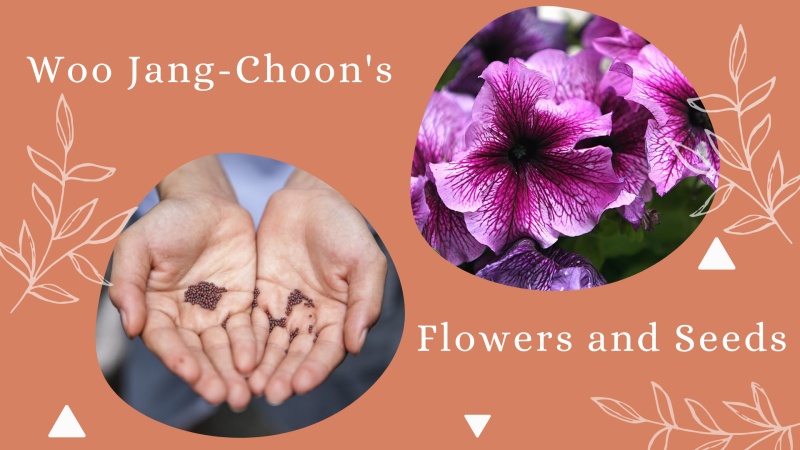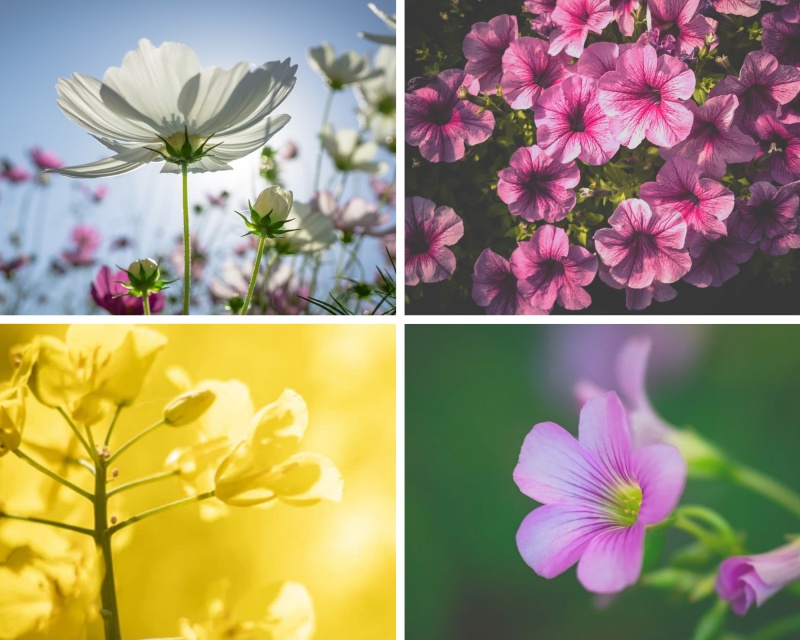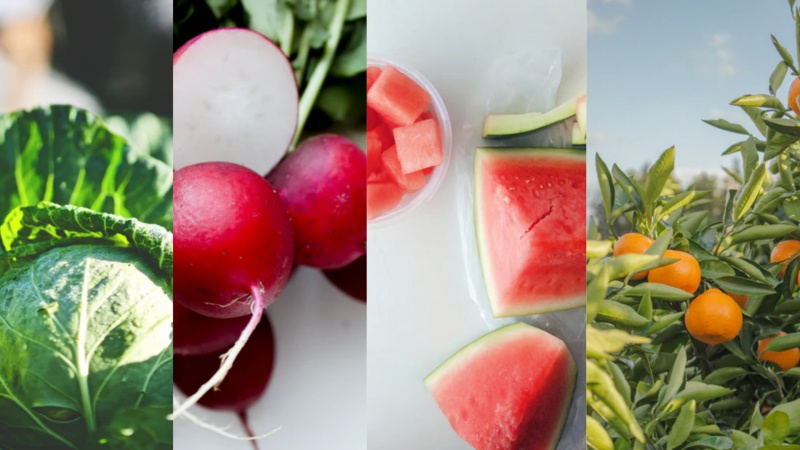- 한국어
- English
- 日本語
- 中文
- العربية
- Español
- Français
- Deutsch
- Pусский
- Tiếng Việt
- Indonesian
By Honorary Reporter Elizabeth Fuentes from El Salvador
Photos = Elizabeth Fuentes, Pixabay

Woo Jang-choon was a Korean pioneer in agriculture and botany who never forgot his father's motherland despite numerable obstacles in his life. The son of a Korean father and a Japanese mother, he was born in Tokyo on April 8, 1898. After his father's assassination in 1903 for the latter's reported involvement in the killing of Queen Min left Woo's family impoverished, the boy was left at a Buddhist temple until his mother had enough money to support him.
Despite his Japanese nationality, Woo endured discrimination in Japan for being part Korean. Thanks to his late father's friends and his intelligence, he earned a scholarship to study agriculture at Tokyo Imperial University (now the University of Tokyo). After graduation, he got a job with the Japanese Ministry of Agriculture and Commerce and was assigned to the ministry's horticulture department to do his first research. He studied chromosomes of the morning glory and wrote an article on the flower that gained attention.

Varieties of the morning glory (Pixabay)
Woo earned his Ph.D. in 1930 after cultivating the double petunia, winning him international fame. That same year, he lost the data on his research in a fire but then expanded his field of research to rapeseeds and canolas.
After Korea's liberation in 1945, the suspension of trade between Korea and Japan caused a shortage of seeds in Japan for his research. So in 1950, Woo returned to Korea to work at an agricultural think tank in Busan, where he studied seed breeding.
The Korean War was raging at the time but this did not stop him from continuing his work in breeding seeds for vegetables such as cabbage, radish, chili pepper, tomatoes and onions as well as making potato seeds more resistant to pests.

Woo Jang-choon worked on breeding seeds for a variety of vegetables and fruits. (Pixabay)
His experiments ultimately led to the creation of yellow melons, a new variation of mandarin orange, on Jeju Island and seedless watermelons. He also encouraged the planting of cosmos flowers on railroads and roads.
Due to political tension between Japan and Korea, Woo was unable to attend his daughter's wedding or his mother's funeral in Japan, so he built a well near his lab to honor his mother. He died in August 1959 shortly after receiving the Order of Cultural Merit from the Korean government.
In 1999, a museum in Busan was built to commemorate the scientist's life and work on the street named after him.
enny0611@korea.kr
*This article is written by a Korea.net Honorary Reporter. Our group of Honorary Reporters are from all around the world, and they share with Korea.net their love and passion for all things Korean.